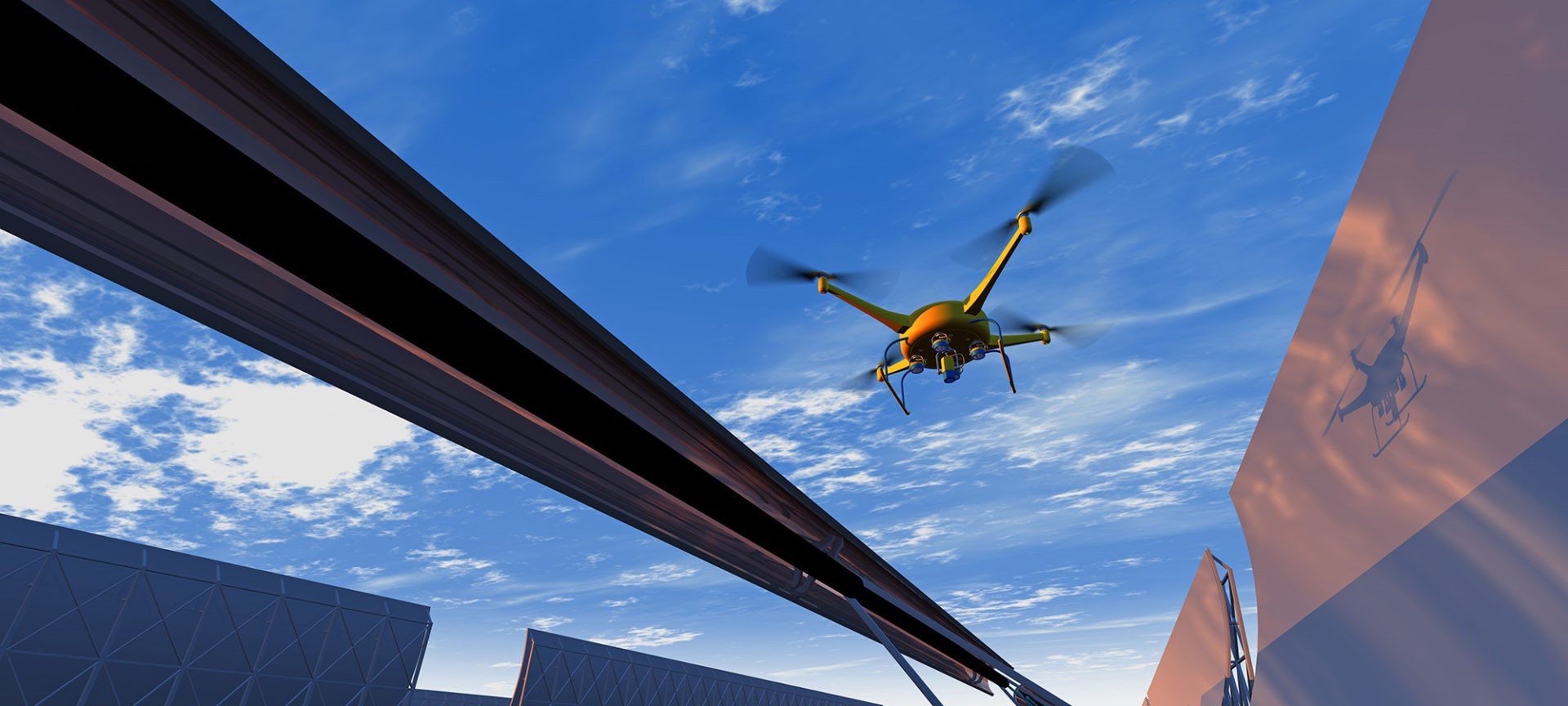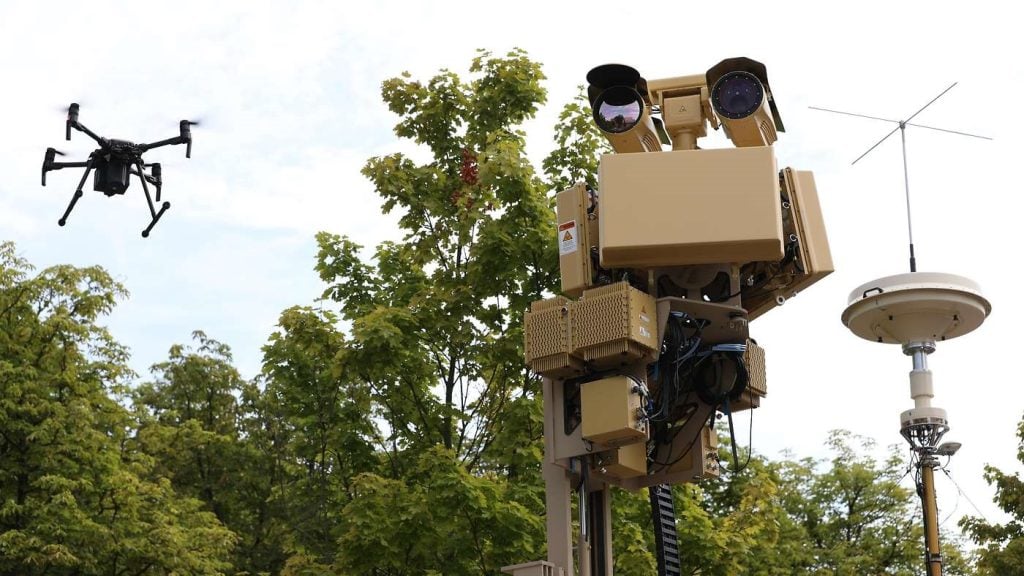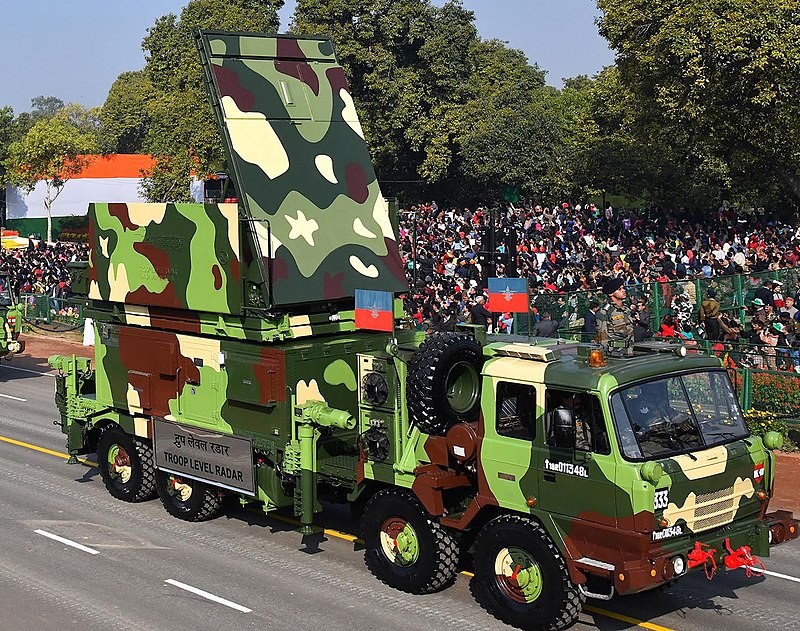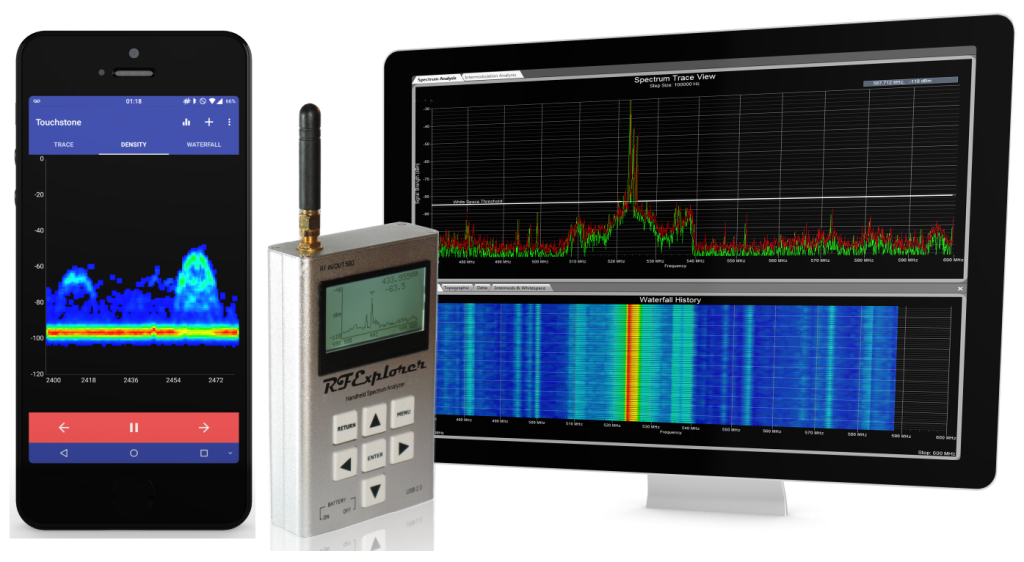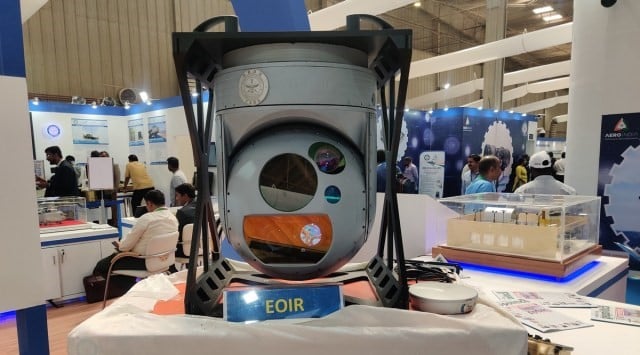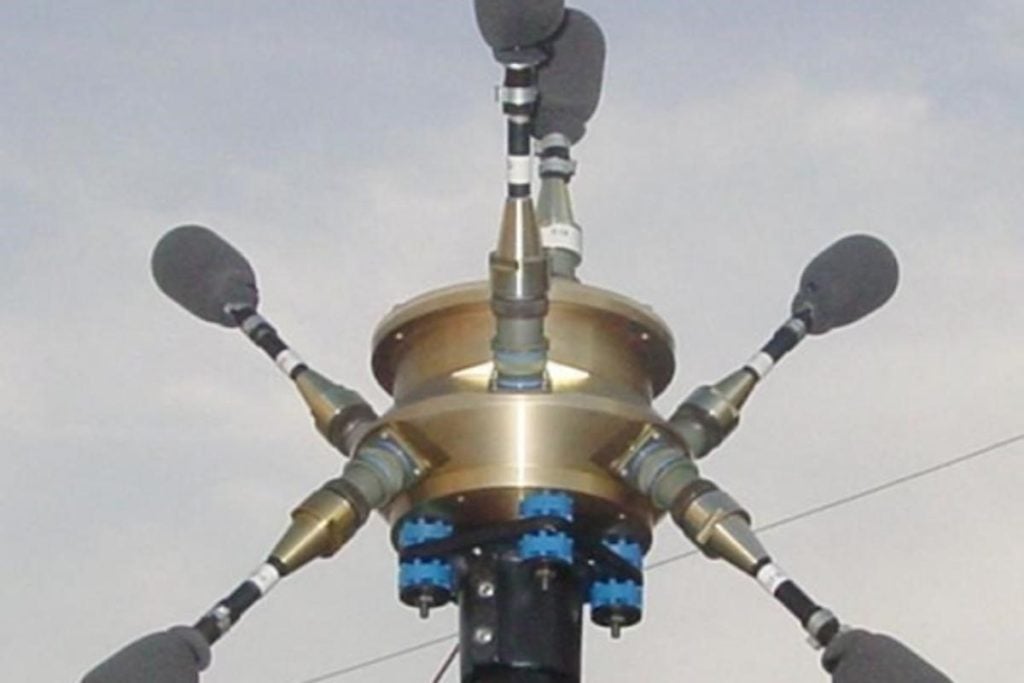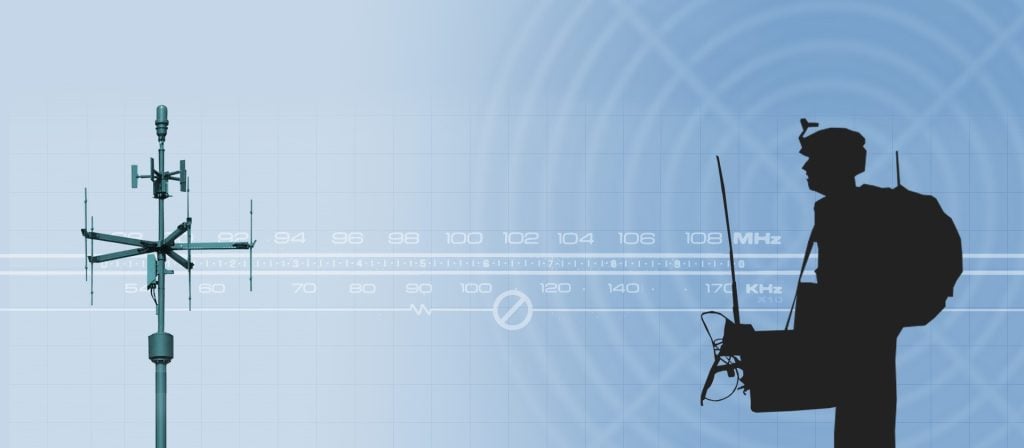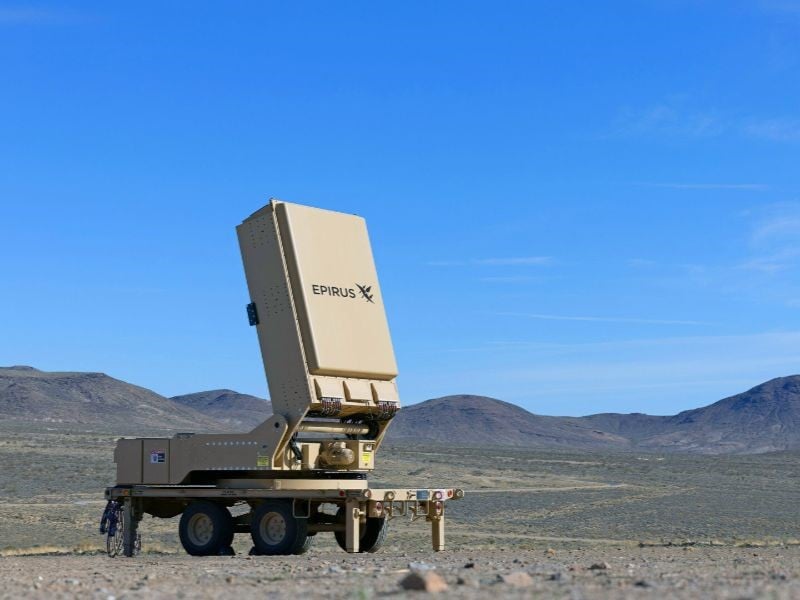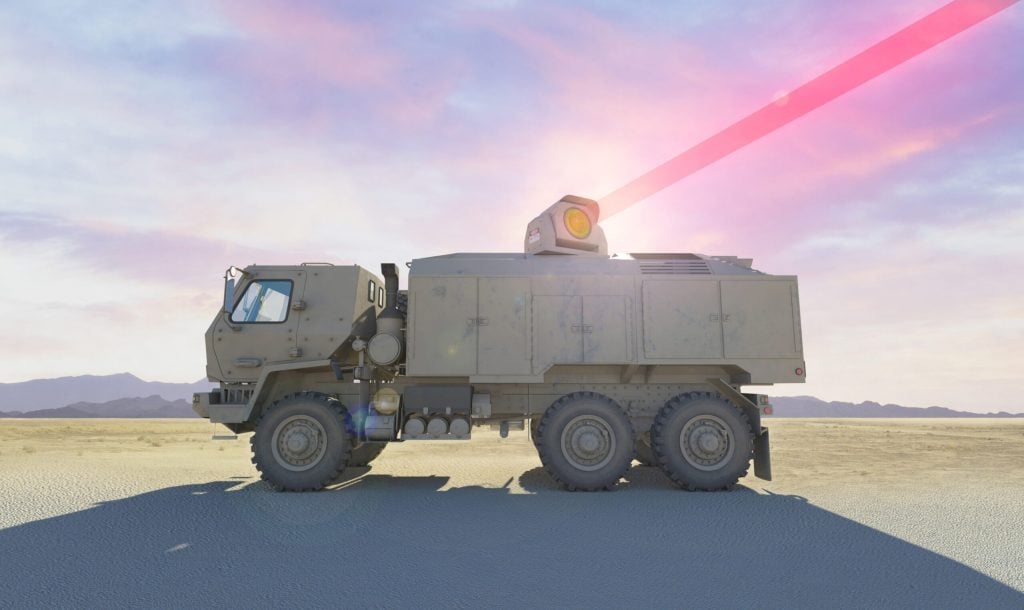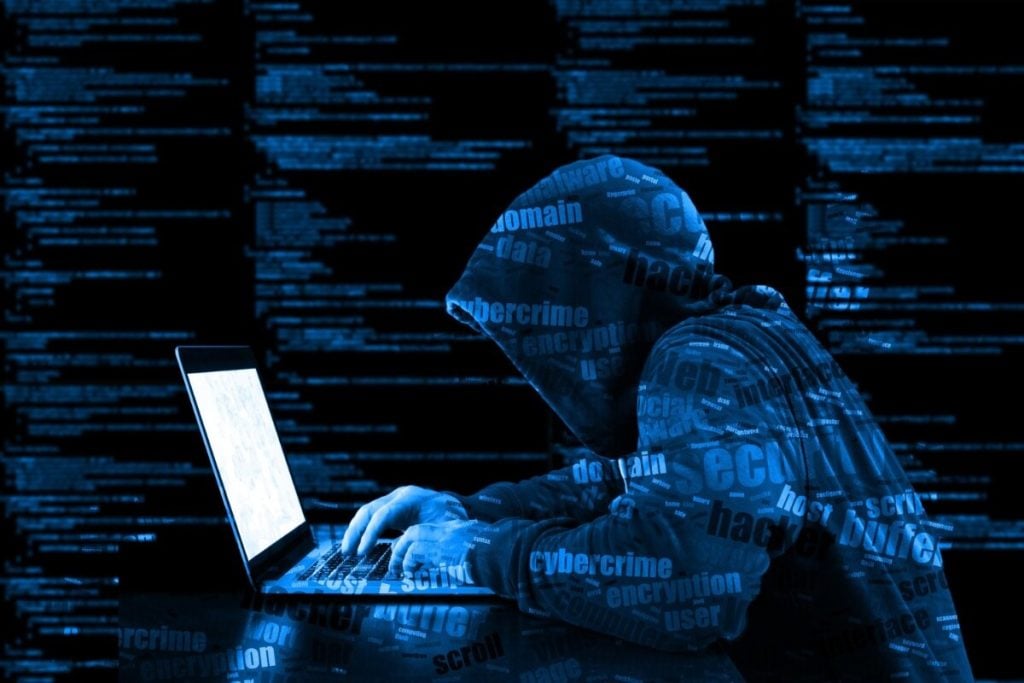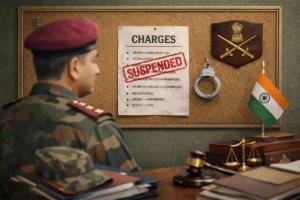The rapid growth of the consumer drone market has presented new challenges for various industries, from aviation to security. Whether it’s a careless amateur pilot or a deliberate attack, the drone threat comes in many shapes and sizes. To address these emerging threats, a range of counter-drone technologies have been developed to detect, classify, and mitigate the risks posed by unmanned aerial vehicles (UAVs).
In this comprehensive guide, we’ll explore the Top 10 Anti-Drone Technologies to Counter Drones that are available today, covering both drone monitoring equipment and drone countermeasures. We’ll delve into the strengths, limitations, and use cases of each solution, providing you with a thorough understanding of the latest advancements in counter-drone technology. By the end of this article, you’ll be equipped with the knowledge to implement or enhance your own counter-drone strategy, ensuring your operations remain secure and resilient against the evolving drone threat.
Understanding Counter-Drone Technology
Counter-drone technology, also known as counter-UAS (C-UAS) technology, encompasses a wide range of solutions that allow organizations to detect, classify, and mitigate the risks posed by drones and other unmanned aerial systems. This includes a diverse array of equipment, from specialized radar systems and radio frequency (RF) analyzers to cyber takeover systems and high-energy lasers.
The primary functions of counter-drone technology can be categorized as follows:
- Detection: Identifying the presence of a drone within a designated area.
- Classification or Identification: Distinguishing drones from other objects, such as birds or planes, and potentially identifying the specific make and model of the drone.
- Locating and Tracking: Determining the precise location and trajectory of the drone, as well as the position of the operator.
- Alerting: Providing timely notifications of drone activity to enable appropriate response measures.
Not all counter-drone solutions perform all of these functions simultaneously. Some may focus on specific capabilities, while others offer a more comprehensive suite of features. Understanding the unique strengths and limitations of each technology is crucial in selecting the right counter-drone solution for your specific needs.
Best Home Self-Defense Gun Revolver or Semiautomatic?
Drone Monitoring Equipment
Drone monitoring equipment can be passive, actively emitting signals, or a combination of both. These systems play a crucial role in detecting, classifying, and tracking drones, providing the necessary intelligence to enable effective countermeasures. Let’s explore the four main types of drone monitoring equipment:
1. Radar
Radar, or radio detection and ranging, is a technology that uses radio waves to detect and track objects. Counter-drone radar systems are designed specifically to track smaller targets, such as drones, with high accuracy and reliability.
How it Works: Counter-drone radar systems transmit a radio signal and analyze the reflections to determine the position, direction, and speed of the target. Unlike traditional radars designed for large aircraft, these specialized systems are optimized to detect and track the unique signatures of drones, including their small size and fast-moving rotors.
Pros:
- Long-range, constant tracking, and highly accurate localization
- Capable of handling multiple targets simultaneously
- Able to track drones regardless of autonomous flight or visual conditions (day, night, fog, etc.)
Cons:
- Detection range depends on the size of the drone
- Difficulty distinguishing between drones and other small, fast-moving objects like birds
- Requires a transmission license and frequency checks to prevent interference
Vendors: Robin Radar Systems, with its IRIS Drone Detection Radar, is a leading provider of counter-drone radar solutions designed specifically for drone tracking and classification.
2. Radio Frequency (RF) Analyzers
RF analyzers use one or more antennas to receive and process radio frequency signals, enabling the detection and, in some cases, identification of drones based on their communication protocols.
How it Works: RF analyzers monitor the radio spectrum to detect the wireless communication between a drone and its controller. Some advanced systems can even identify the specific make and model of the drone, as well as the digital fingerprint of the controller, such as its MAC address. This information can be valuable for prosecution and enforcement purposes.
Pros:
- Low-cost solution
- Ability to detect and sometimes identify multiple drones and controllers
- Passive operation, not requiring a transmission license
- Potential for triangulation to locate the drone and controller
Cons:
- Limited in locating and tracking drones, especially autonomous ones
- Effectiveness can be reduced in areas with high RF interference
- Reliance on continuously updated libraries of drone communication protocols
Vendors: Rohde & Schwarz, Aaronia, Dedrone, and CERBAIR are among the leading providers of RF analyzer solutions for counter-drone applications.
3. Optical Sensors (Cameras)
Optical sensors, such as cameras, collect light at various wavelengths, including visible, infrared, and thermal, to detect and potentially identify drones.
How it Works: Advanced optical sensors, often equipped with AI-powered detection and classification algorithms, can recognize the unique visual signatures of drones, enabling their identification even in challenging conditions, such as low light or inclement weather.
Pros:
- Provide visual documentation of the drone and its potential payload, which can be used as evidence
- Useful for identifying the drone model and other characteristics
Cons:
- Difficulty in using optical sensors as a standalone detection method due to high false-alarm rates
- Limited performance in poor visibility conditions, such as darkness or fog
Vendors: There are numerous camera and optical sensor manufacturers that offer solutions for counter-drone applications, making it a highly competitive and diverse market.
4. Acoustic Sensors (Microphones)
Acoustic sensors, such as microphones or microphone arrays, detect the sound signatures of drones and use them to calculate the direction and approximate location of the UAV.
How it Works: Acoustic sensors leverage the unique acoustic profiles of different drone models to detect their presence, even in scenarios where the drone is operating autonomously without emitting any radio frequency signals.
Pros:
- Effective in detecting drones within the near-field, including those operating autonomously
- Performs well in areas where other technologies may struggle, such as in ground clutter
- Highly mobile and quickly deployable, with a completely passive operation
Cons:
- Limited range, typically up to 300-500 meters
- Reduced performance in noisy environments
Vendors: Squarehead Technologies is a prominent provider of acoustic sensor solutions for counter-drone applications.
Drone Countermeasures
While drone monitoring equipment plays a crucial role in detecting and identifying the threat, drone countermeasures are the technologies that can physically or electronically neutralize or take control of the drone. It’s important to note that the use of certain countermeasures is often restricted or regulated, with exceptions typically made for military or law enforcement agencies.
5. Radio Frequency (RF) Jammers
RF jammers are devices that transmit a high-powered radio frequency signal to disrupt the communication between the drone and its controller, effectively neutralizing the drone’s operation.
How it Works: RF jammers flood the radio frequency spectrum used by the drone, masking the controller’s signal. This can result in the drone either landing in its current position, returning to its pre-programmed home location, or flying off in a random direction, depending on the drone’s capabilities.
Pros:
- Relatively low-cost, non-kinetic neutralization solution
Cons:
- Limited range
- Potential to interfere with other radio communications in the area
- Unpredictable drone behavior, which could lead to the drone flying towards its intended target
Vendors: TRD, HP Wust, and DedroneDefender are among the providers of RF jammer solutions for counter-drone applications.
6. GPS Spoofers
GPS spoofers work by transmitting false GPS signals to the target drone, effectively tricking it into believing it is located somewhere else.
How it Works: By dynamically altering the GPS coordinates in real-time, the spoofer can assume control of the drone’s navigation and direct it to a designated “safe zone.”
Pros:
- Relatively low-cost, non-kinetic neutralization solution
Cons:
- Limited range
- Potential to disrupt other GPS-dependent systems in the area
- Primarily used in military or law enforcement applications due to the risks involved
Vendors: Regulus is a prominent manufacturer of GPS spoofer solutions for counter-drone defense.
The Easiest Way to Sink an Aircraft Carrier
7. High-Power Microwave (HPM) Devices
High-Power Microwave (HPM) devices generate a powerful electromagnetic pulse (EMP) that can disrupt or even destroy the electronic components within a drone, effectively neutralizing it.
How it Works: The EMP generated by HPM devices interferes with the radio links and electronic circuitry of the drone, causing it to malfunction or shut down. Some HPM solutions may include a directional antenna to focus the EMP in a specific direction, reducing the risk of collateral damage.
Pros:
- Effectively stops drones within the effective range
- Non-kinetic neutralization solution
Cons:
- High cost
- Potential for unintended disruption of other electronic devices in the area
- Possibility of the drone falling uncontrolled to the ground if shut off instantly
Vendors: Diehl Defence is a provider of HPEM (High-Power Electromagnetic) solutions for counter-drone applications.
8. Nets and Net Guns
Nets and net guns are a more physical approach to counter-drone technology, using a net to physically capture and stop the drone by restricting the movement of its rotor blades.
How it Works: Net-based solutions can be delivered in various ways, including ground-launched net cannons, net cannons fired from another drone, or net drones that deploy a net to capture the target drone.
Pros:
- Physically captures the drone, providing valuable forensic evidence
- Ground-launched net cannons offer high accuracy and semi-automatic operation
- Drone-deployed nets have a longer range and lower risk of collateral damage
Cons:
- Potential for debris depending on the parachute options used
- Drone-deployed nets can be imprecise and have long reload times
- Ground-launched nets have a limited range
Vendors: Fortem Technologies’ DroneHunter 700 and OpenWorks Engineering’s shoulder-mounted and turret-mounted net cannons are examples of net-based counter-drone solutions.
9. High-Energy Lasers
High-energy lasers are optical devices that generate an extremely focused beam of light capable of destroying the structure and/or electronics of a drone.
How it Works: The laser beam physically damages the drone, either by melting its components or causing structural failure, effectively neutralizing the threat.
Pros:
- Long-range, low cost-per-kill solution
- Physically stops and destroys target drones without the need for physical ammunition
Cons:
- Large and mostly experimental systems
- Potential for collateral damage to other airborne targets and ground-level personnel, especially to eyes
Vendors: Lockheed Martin and Raytheon are leading providers of high-energy laser systems for counter-drone applications.
10. Cyber Takeover Systems
Cyber takeover, or cyber takedown, systems are a relatively new counter-drone technology that leverages advanced AI and cybersecurity capabilities to assume control of the target drone.
How it Works: These systems passively detect the radio frequency transmissions emitted by drones, identify the drone’s serial number, and locate the pilot’s position using AI-powered analysis. If the drone is recognized as a threat, the operator can then send a signal to hack into the drone’s control system and take over its navigation, directing it to a safe location.
Pros:
- Precise, low-risk of collateral damage
- Lightweight and configurable for both static and mobile applications
- Automatically captures incident data for forensic investigation
- Effective against both piloted and autonomous drones
Cons:
- Largely untested and new technology
- Reliance on an up-to-date library of commercial drone models, making it less effective against custom or state-developed drones
Vendors: D-Fend Solutions’ Enforce Air System is a leading example of a cyber takeover system for counter-drone applications.
Integrating Counter-Drone Technology
In most cases, the optimal counter-drone solution will involve a combination of the technologies described above, tailored to the specific needs and challenges of the deployment environment. Integrating multiple counter-drone systems can provide a comprehensive and layered defense against the evolving drone threat.
When implementing a counter-drone system, it’s crucial to consider the importance of command and control (C2) software. This software acts as the nerve center, collecting, processing, and displaying data from the various sensors and effectors in a user-friendly, actionable manner. Examples of leading C2 systems for counter-drone applications include ESG’s ELYSION, Dedrone’s DedroneTracker.AI, and Operational Solutions’ FACE.
The complexity of the connected sensors and effectors, the type of threat, and the available budget will all influence the specific C2 solution required. However, industry standards for C-UAS integration, such as SAPIENT’s out-of-the-box data integration capabilities, are helping to streamline the implementation process and ensure seamless interoperability between different counter-drone technologies.
By leveraging a comprehensive, integrated counter-drone solution, organizations can enhance their situational awareness, improve their response capabilities, and effectively mitigate the risks posed by the growing drone threat.
5 Top Semiautomatic Handguns Worldwide
Conclusion
The rapid evolution of drone technology has necessitated the development of a diverse array of counter-drone solutions to detect, classify, and neutralize these emerging threats. From specialized radar systems and RF analyzers to cyber takeover capabilities and high-energy lasers, the counter-drone technology landscape offers a wide range of options to address the unique challenges faced by various industries and organizations.
By understanding the strengths, limitations, and use cases of each counter-drone technology, decision-makers can make informed choices and implement tailored solutions that meet their specific security requirements. Integrating these technologies into a comprehensive, sensor-agnostic command and control system further enhances the effectiveness of counter-drone strategies, empowering organizations to stay ahead of the curve in the ever-evolving drone landscape.
As the drone threat continues to evolve, the counter-drone industry is poised to keep pace, with ongoing advancements in detection, classification, and neutralization capabilities. By staying informed and proactive, organizations can leverage the latest counter-drone technologies to safeguard their operations, protect critical infrastructure, and maintain a secure environment in the face of the growing drone challenge.
FAQs
1. What are the key functions of counter-drone technology?
The primary functions of counter-drone technology include detection, classification or identification, locating and tracking, and alerting. These capabilities enable organizations to effectively identify and respond to drone-related threats.
2. How do radar systems work for counter-drone applications?
Counter-drone radar systems use radio waves to detect and track the unique signatures of drones, including their small size and fast-moving rotors. These specialized radars are optimized to distinguish drones from other small, fast-moving objects, providing accurate localization and the ability to handle multiple targets simultaneously.
3. What technology is used to control drones?
Radio Control (RC) Transmitters
4. What device is used to disable drones?
High Power Microwave (HPM) devices
5. What sensor to detect drones?
RF sensor
